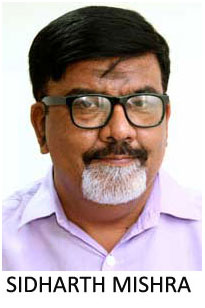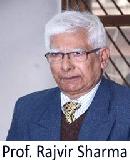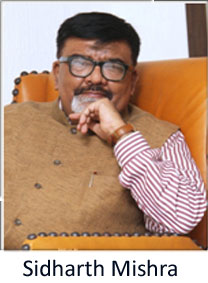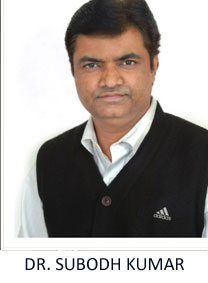There is no way that the BJP could have afforded to lose the assembly polls in Gujarat. Nobody understood this better than Prime Minister Narendra Modi. Despite the party ruling the roost in the state for the past three decades, the opposition Congress has maintained a fair share of votes all the while. Therefore when he bequeathed the office of the chief minister for job at South Block in the national Capital, Prime Minister Narendra Modi appointed his most trusted lieutenant as head of the party.
Given his training as Pracharak (fulltime volunteer) with the Rashtriya Swayamsewak Sangh (RSS) and exposure as organizing secretary of the party at the different levels, Modi understood well that his “transformational agenda” would invite sharp reactions and also a level of disenchantment among the voters, and would cause a mid-term crisis for his government.
This midterm crisis would have got further accentuated if its effects not arrested in Gujarat and the Congress not stopped in its tracks. Thus the unprecedented mobilization of party machinery and resources by Amit Shah; best reflected in Yogi Adityanath, the chief of minister of nation’s most populous state spending near fortnight campaigning in the western state.




